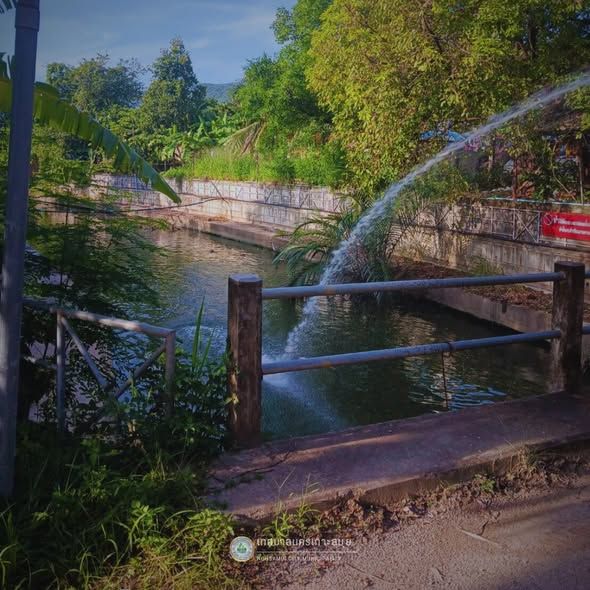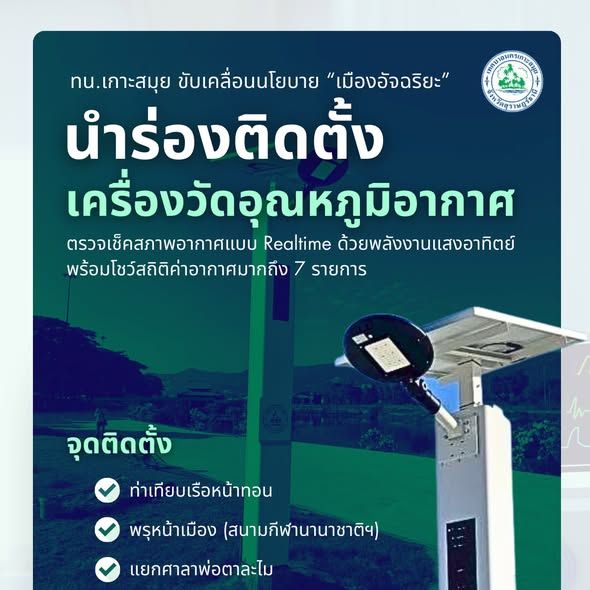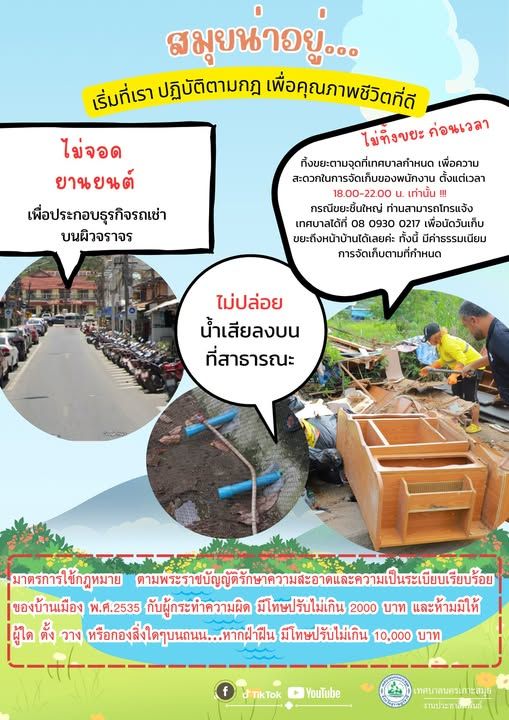Overview: Double-track Railway Upgrade
The Thai government has announced plans to partially open the Map Kabao-Jira Junction double-track railway line in 2024, which will significantly increase train travel speeds in the region. Currently, passenger trains on the existing single-track lines can only reach speeds of 50km/h. However, with the completion of the double-track upgrade, train speeds will increase to 120km/h for passenger services and 60km/h for freight trains.
Construction and Infrastructure Details
The Ban Hin Lab Tunnel Project
The Prime Minister of Thailand, Prayut Chan-o-cha, visited the construction site at the Ban Hin Lab rail tunnel in Saraburi’s Muak Lek district to receive a progress update from State Railway of Thailand (SRT) governor Nirut Maneephan. The Ban Hin Lab tunnel, the first of three tunnels being built as part of the Map Kabao-Jira Junction double-track rail project, is 98.13% complete and expected to be operational by 2024.
At 5.85 kilometers in length, the Ban Hin Lab tunnel is the longest rail tunnel in Thailand. Measuring 7.5 meters wide and 7 meters high, it also incorporates high-level security and safety measures such as passenger evacuation compartments every 500 meters.
Other Completed Tunnels
Two additional tunnels have already been completed as part of the Map Kabao-Jira Junction project. One is a 650-meter tunnel between the Ban Hin Lab and Muak Lek Mai stations in Saraburi, and the other is a 1.4-kilometer tunnel constructed on Lam Takhong Dam in Nakhon Ratchasima.
Implications and Benefits
The completion of the double-track railway upgrade and the Map Kabao-Jira Junction project will not only improve train travel speeds but also facilitate the government’s development policy to enhance logistics and railway systems throughout Thailand. This, in turn, will boost the nation’s capacity for transporting goods and passengers more efficiently.
In addition to the practical benefits, the upgraded railway line is expected to become a tourist attraction, offering stunning scenic views along the route. Overall, these advancements will contribute to the region’s economic growth and promote sustainable tourism in Northeast Thailand.




